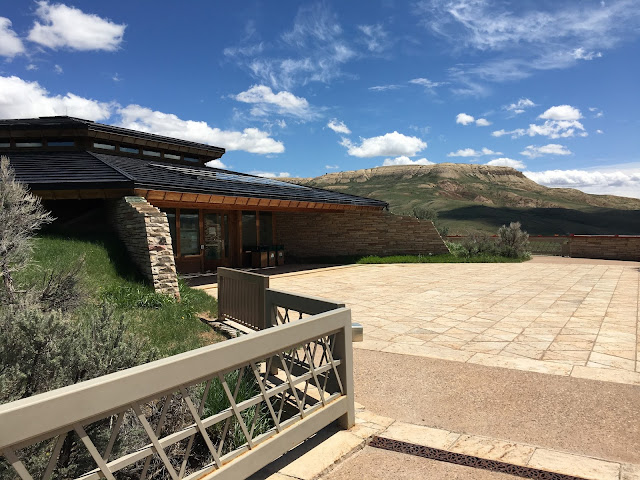End of the Trail
"Our journey through the desert was from Monday, three o'clock in the afternoon, until Thursday morning at sunrise...The weary journey last night...will never be erased from my memory. Just at dawn, in the distance, we had a glimpse of Truckee River, and with it the feeling: Saved at Last! Poor cattle; they kept on mooing, even when they stood knee deep in water. The long dreaded desert has been crossed, and we are all safe and well." Sallie Hester, September 6, 1849

Close to the end of the trail for my ancestors, Mike & Sarah Ann Robinson Gray

We Are But Brief Visitors....
Why this quest to re-trace my ancestors' 1849 overland journey from Missouri to California? Connection. Connection with the land. Connection through time. Connection in spite of time. Connection through DNA. Connection to the unknown, unknowable, the unbounded.A panel at the National Historic Trails Interpretive Center in Casper, Wyoming says it well:
"...Gone for centuries now are the aboriginal people that hunted bison on the plains around you, and trappers that ventured here seeking beaver, mink, and otter. Gone are the pioneers that struggled to keep their footing as they forded the cold North Platte, and the first prospectors seeking fortune from the land itself. Gone, but all shared the memory of this place.
Here you can be sure of some things, even though they left no mark on the land. Here a child sat near a campfire and heard a wolf howling in the cool, damp air of an early summer night, as she wondered what "The Oregon" would be like. From the ridge across the river an Arapaho warrior saw the first wagons crossing and rode away to share his discovery with the elders of his camp.
Beneath a slate grey sky blowing snow in October 1856, a party of the [Mormon] faithful buried their dead with what frozen strength they could muster. In 1861 a Pony Express rider hurried his mount westward carrying President Abraham Lincoln's first inaugural address. A month later, the Express relayed news of the start of the War Between the States to an anxious California.
Each of them saw much of what you see today during their fleeting visit to this bend in the river.
We are brief visitors ourselves, like the shadows of those who came before us, yet that does not diminish the importance of what occurred here. We share their fears of the unknown path ahead, the tears and suffering, the laughter and hard work that accompany the growth of our nation. Your presence here today affirms the worth of experiences by those long departed from this place."
This blog is dedicated to my ancestors who traversed this continent: Pleasant Gray who died of cholera near present day North Platte NE and Mike Gray & Sarah Anne Robinson Gray who made it to the promised land of California.
 |
| Mike Gray, who captained the Madison County California Mining Company wagon train scouting party at age 22 |
 |
| Sarah Anne Robinson Gray, who claimed that the journey mostly by horseback at age 19 was one of the happiest experiences of her life |
 |
| Rocks collected from various known sites along the overland trail. These will be placed on Mike and Sarah Anne Robinson Gray's graves in Colma, California |
 |
| Red Star Shaman by Arthur Short Bull, Oglala Lakota Sioux artist, http://www.dawnhawk.org/index.html |































